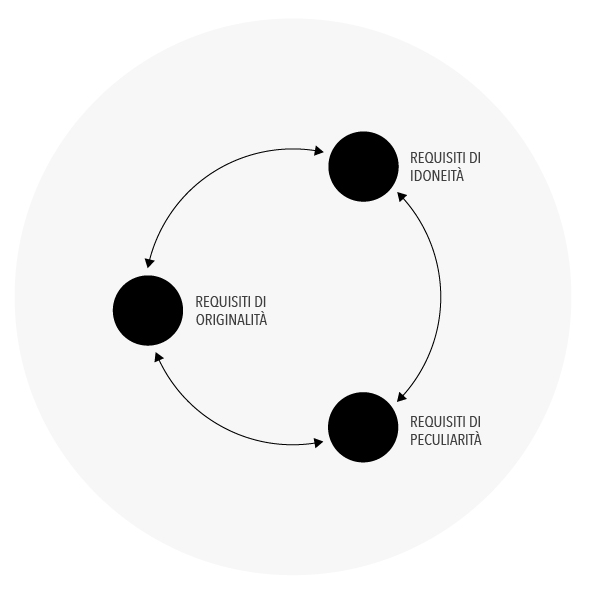Sensory Analysis
Istituto Marchigiano Tutela Vini promotes the quality of regional products.
The typicity of a wine is not found only in the characteristics of the grape variety but also in the combination of a variety of elements that make it identifiable, and therefore unique, to an area. These elements include the soil, the climate, the microclimate and the skill of the winemaker.
The definition of a wine’s typicity must be precise and consistent so that this typicity can be conveyed to wine drinkers using succinct and comprehensible terms (without excluding the poets and storytellers of wine of course).
Using this reasoning IMT decided to use sensory analysis, a process that involves identifying the organoleptic properties of a product through the use of the five senses (sight, smell, sound, taste, touch), to promote their products. This scientific discipline identifies a series of pertinent descriptors able to convey information about the characteristics of the examined product, which are then the product’s sensory profile.
The sensory profile of a regionally identifiable wine is expressed in three dimensions:
1. Suitability profile: sensory characteristics that define the product as wine (for ex. alcohol, acidity, sweetness, bitterness) and which are common to all wines.
2. Typicity profile: characteristics that define a type of wine as typical to a certain area.
3. Originality profile: characteristics that identify the wine to the winery in which it was made.
Wines from different areas are usually defined as products with a specific and recognisable sensory profile The different sessions of sensory analysis involved various panels of experts operating in a sensory laboratory, respecting the ISO regulations, in order to produce a set of objective and repeatable results.
The sensory profiling of the wines allowed IMT to satisfy the following aims:
1. To define the range of aromas in wines produced in the Marches region. This is the primary instrument for defining the many sensory nuances in the different types of wine.
2. To create a sensory profile of the sixteen appellations in order to increase their recognisability.
The sensory profiling of the appellations in the Marches region makes it the first region to have used sensory analysis to promote and communicate the typicity of its wines.



